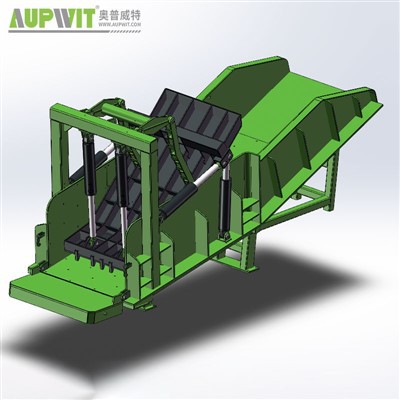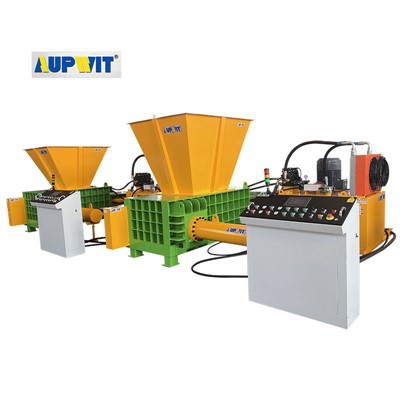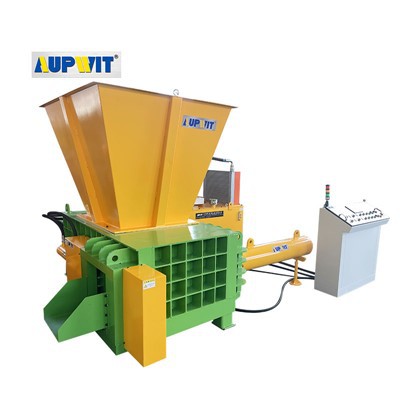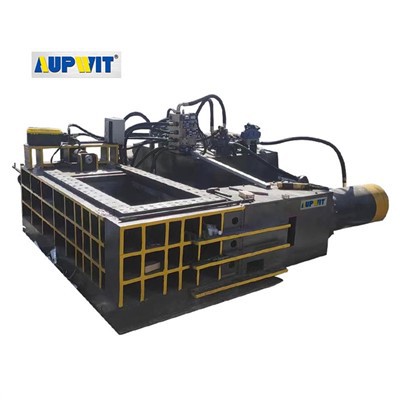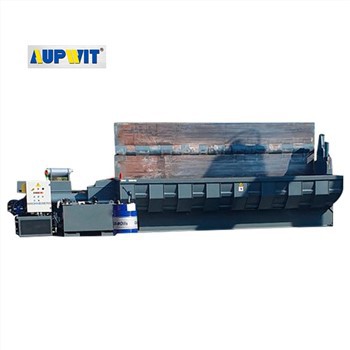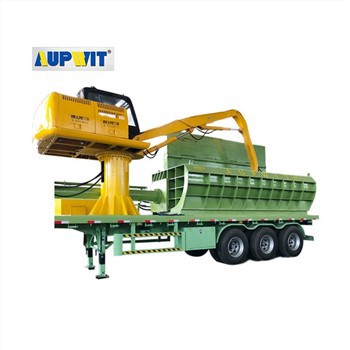1. Introduction
Briquette presses and metal balers serve distinct purposes in waste management and material processing. While both machines compress materials, their design, output, and target materials differ significantly. This article evaluates their pros, cons, and ideal use cases.
2. Briquette Press: Features and Applications
-
Function: Compresses loose biomass (e.g., sawdust, agricultural waste) into dense, uniform briquettes for fuel or storage.
-
Advantages:
-
Eco-friendly, converting waste into reusable energy.
-
Lower operational costs for organic materials.
-
Output is easy to handle and transport.
-
-
Limitations:
-
Not suitable for hard metals or mixed waste.
-
Requires dry feedstock for optimal compression.
-
3. Metal Baler: Features and Applications
-
Function: Crushes and compacts scrap metal (e.g., cans, car parts) into manageable blocks for recycling.
-
Advantages:
-
High-pressure compression for rigid materials.
-
Reduces storage/transport costs for metal waste.
-
Compatible with mixed metals (e.g., steel, aluminum).
-
-
Limitations:
-
Higher energy consumption.
-
Overkill for organic/soft materials.
-
4. Comparative Analysis
|
Criteria |
Briquette Press |
Metal Baler |
|---|---|---|
|
Material |
Biomass, soft waste |
Scrap metal |
|
Output Density |
Medium |
Extremely high |
|
Energy Use |
Moderate |
High |
|
Cost Efficiency |
Better for organic waste |
Better for metal recycling |
5. Conclusion
The "better" machine depends on the material:
-
Choose a briquette press for organic/agricultural waste.
-
Opt for a metal baler for scrap metal recycling.
Hybrid operations may require both to maximize efficiency.


